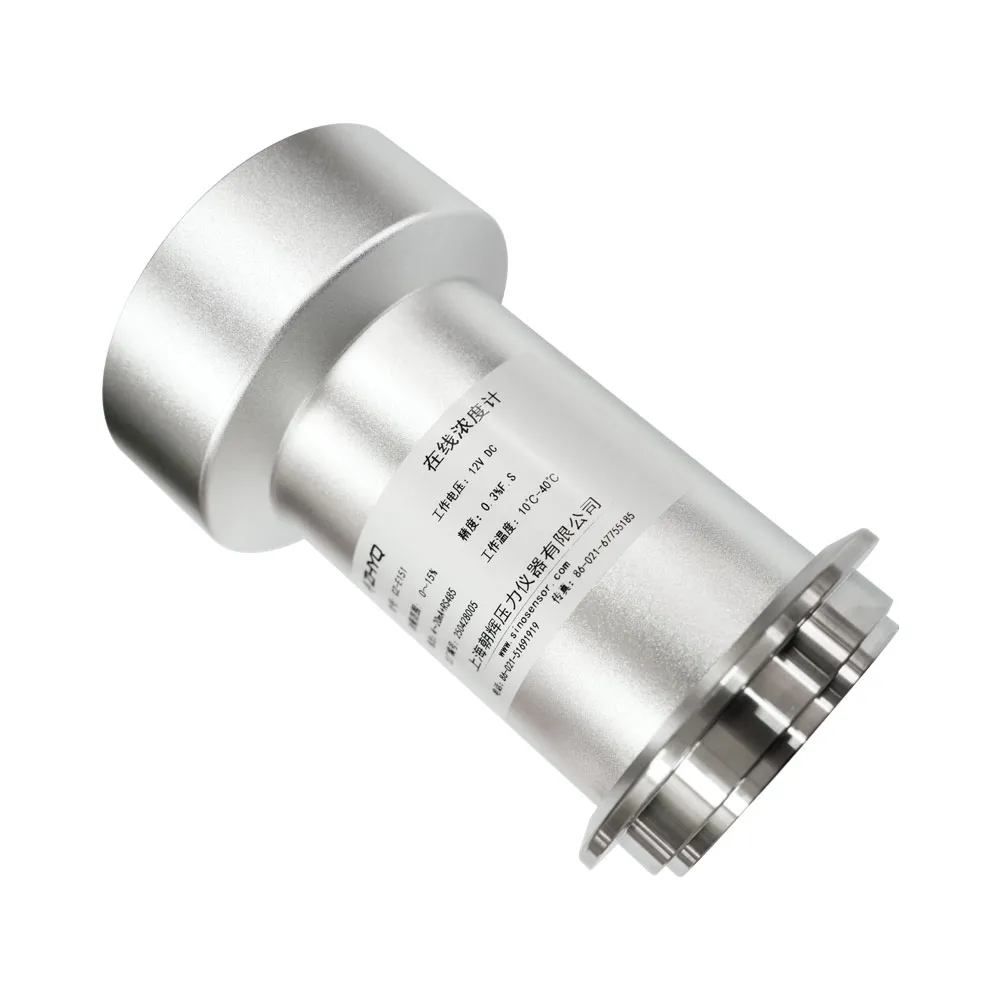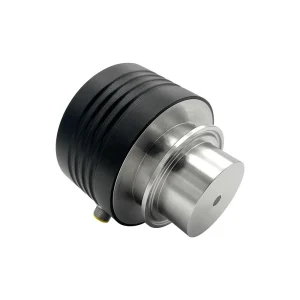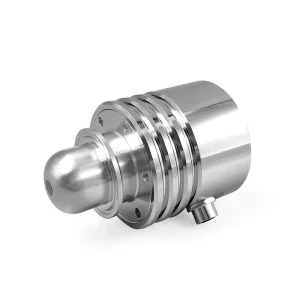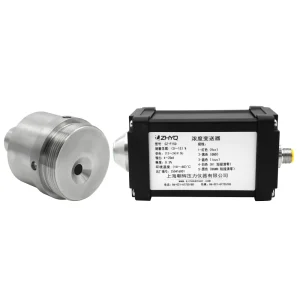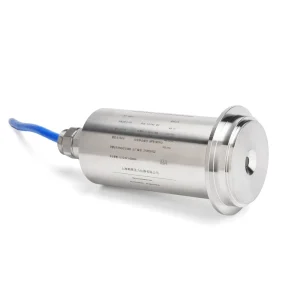Description
Technical Parameters
| Product model | CZ-E501 | CZ-E151 |
| Measuring parameters | Refractive index (nD), temperature (T), Brix(%) | |
| Measurement range | nD; 1.33299-1.42009 / Brix; 0.0~50.0% | nD; 1.33299-1.35568 / Brix; 0.0~15.0% |
| Resolution | nD; 0.0001 / Brix; 0.1% / T; 0.1℃ | |
| Accuracy | nD; ±0.0003 / Brix; ±0.3% / T; ±1℃ | |
| Temperature compensation | 10-60℃ | |
| Power supply | 12~24V DC | |
| Signal output | DC 4~20mA or RS485 | |
| Ambient temperature | 10-60℃ | |
| Protection grade | IP65 | |
| Operating pressure | Maximum tolerance 1Mpa | |
| High & low limit setting | Can be set by button | |
| Prism material | Artificial sapphire | |
| Wetted material | Standard; SS316L (optional; 2205; Hastelloy C-276) | |
| Process medium | Cutting oil; emulsion; sugar content; juice | |
| Installation type | Tri-clamp (optional; thread, flange) | |
| Cleaning accessories | QX-S01、CQX-1A | |
| Pipeline adapter | Tri-clamp cross pipe fitting ; flange cross pipe fitting ; threaded cross pipe fitting (installation type is Tri-clamp) | |
| Communication Protocol | Standard; modbus (protocol can be customized) | |
Features
1.Use temperature compensation to reduce the impact of temperature drift
2.Quick response and fast data update
3.24-hour real-time uninterrupted monitoring
4.No need for manual sampling to avoid biological contamination
5.4-20mA/RS485 dual signal output
Application
1. Real-time monitoring of soluble solids (Brix value) of products by various beverage manufacturers.
2. Continuous monitoring of soluble solids content (Brix value) in process flows such as evaporation, dissolution, mixing, dilution, and extraction.
3. Real-time detection of concentration of various industrial solutions, such as cutting oil, lubricating oil, cleaning fluid, emulsion, and release agent.
4. Concentration detection of various aqueous solutions (food, sauce, beer, wort, beverage, juice, pharmaceutical stock solution, chemical solution, slurry, etc.).

